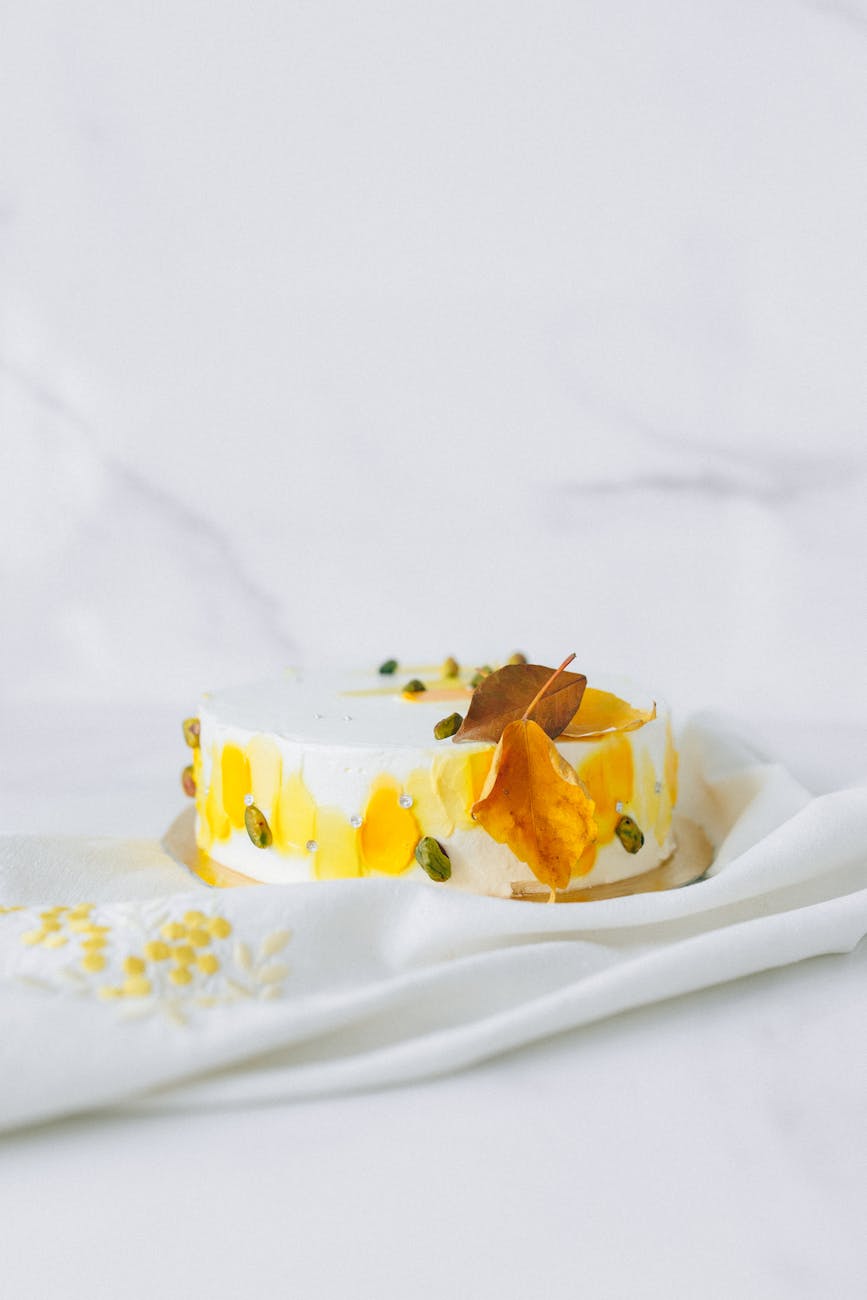Understanding the Measurement
In baking and cooking, measuring stuff right is a big deal. Whether we’re making cookies or a steak dinner, getting the ingredients spot-on makes our dishes much better. So, let’s figure out why measuring is super important and how to convert cups to grams.
Importance of Accurate Measurements in Baking
Accuracy isn’t just a fancy word; it makes things yummy. The right mix of ingredients affects the texture and taste of your baked goodies. Even a tiny mistake in stuff like flour or sugar can mess things up big time.
When we measure things just right, we avoid surprises in our recipes. It doesn’t matter if you’ve been baking forever or just started, carefully measuring ingredients makes your treats tastier. Knowing how cups relate to grams is key to baking like a boss.
Converting Cups to Grams: The Basics
Turning cups into grams is a common trick, especially with recipes that specify weight. Cups are good for quick volume checks, but grams nail it when precision matters. To switch them up right, memorize some numbers and follow tips for getting it right.
| Ingredient | Cups to Grams Conversion |
|---|---|
| Granulated Sugar | 1 cup = 200 grams |
| Brown Sugar | 1 cup = 220 grams |
| Flour | 1 cup = 120 grams |
| Butter | 1 cup = 227 grams |
Knowing these conversions and measuring well means your recipes will always come out as planned. And for a deeper dive into how to turn cups into grams for different ingredients, check out our full guide on cup-to-gram conversions.
By getting the hang of shifting between cups and grams, you’ll unlock so many cooking options and feel good exploring new recipes. Whether you’re a home cook with a passion or just love baking, nailing down these measuring skills is a must for tasty creations that keep your tongue happy.
Converting Cup of Sugar to Grams
Baking enthusiasts, listen up! Getting those measurements right can be the difference between a chewy cookie and a crunchy disaster. Knowing how to change a cup of sugar into grams might just give your sweet treats that magic touch. Let’s break down the nitty-gritty of cup-to-gram conversions and some handy tips to nail it every time.
The Standard Conversion Factor
So, here’s the scoop—literally. A cup of sugar usually weighs in around 200 grams. But hey, it’s not always that cut and dry. Different sugars get squished in the cup differently. Here’s a quick look at what you generally get:
| Cup of Sugar | Grams |
|---|---|
| 1 cup | 200g |
| 1/2 cup | 100g |
| 1/3 cup | 67g |
| 1/4 cup | 50g |
By wrapping your head around these conversions, you can tweak your recipes like a pro, keeping the sweetness and texture just right. Need the full scoop on conversions? Check out our full-blown guide your ultimate guide to cup-to-gram conversions.
Tips for Precise Measurement
Precision is the name of the game, folks. Here are some tricks to keep in mind when you’re turning cups of sugar into grams:
-
Use the Right Cup: Grab a dry ingredient measuring cup whenever you measure sugar. Those liquid ones? Not your friends for this job.
-
Scoop and Level: When you’re adding sugar to the cup, use a spoon to gently heap it in. No compressing, just a light touch. Scrape off the top with something flat for a fair measure.
-
Know Your Sugars: Granulated, powdered, brown—they’re all a little different. Make sure you’re adjusting the conversion if your recipe calls for something other than regular old granulated sugar.
-
Scale It Up: For the accuracy enthusiasts among us, a digital kitchen scale is your best buddy. Measuring sugar in grams this way is like having a secret weapon in the kitchen.
Stick with these techniques, and your baking will be all smiles—and perfect bites. Curious to learn more about converting all kinds of ingredients from cups to grams? Take a peek at our article on how many grams are in a cup?.





